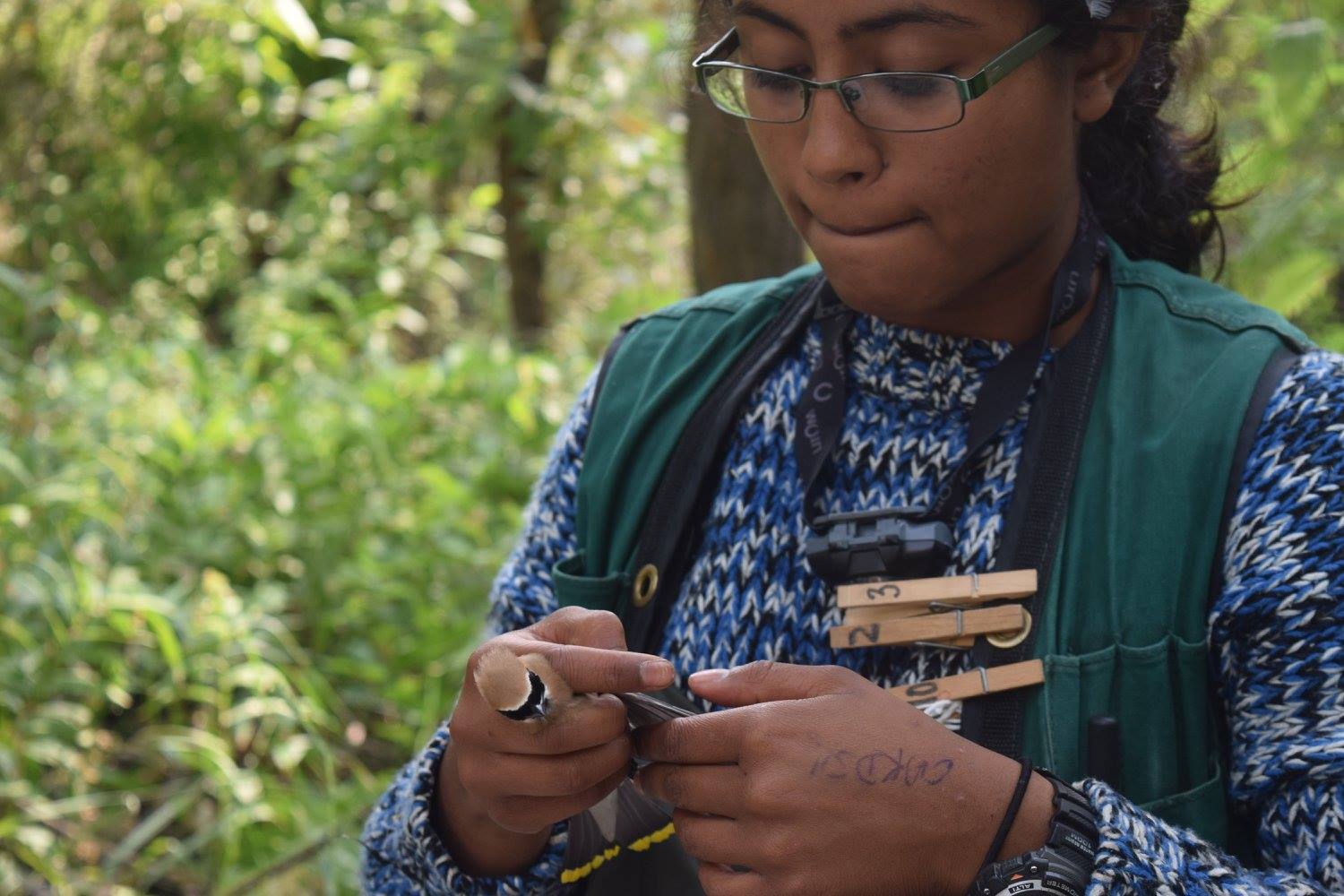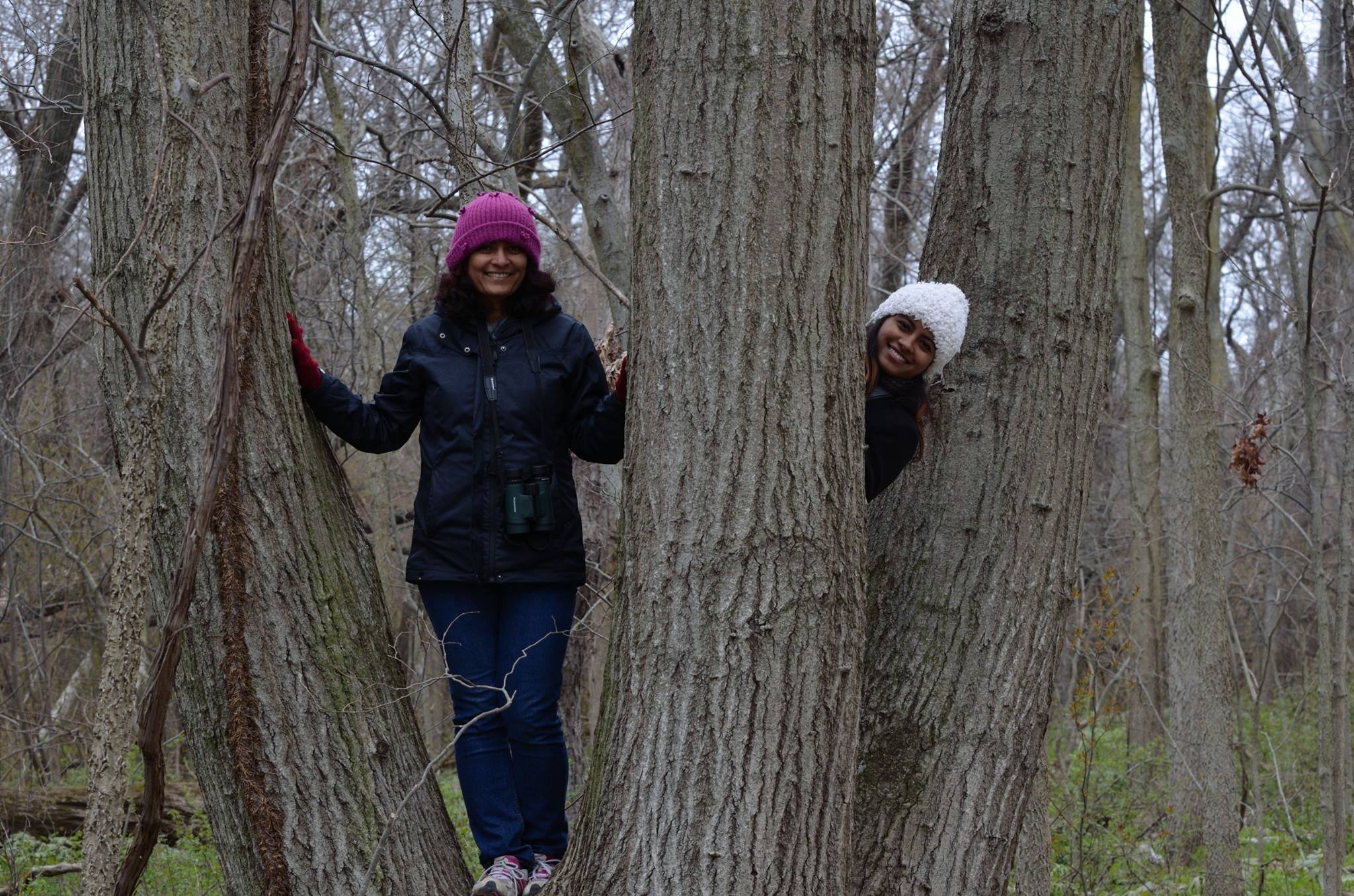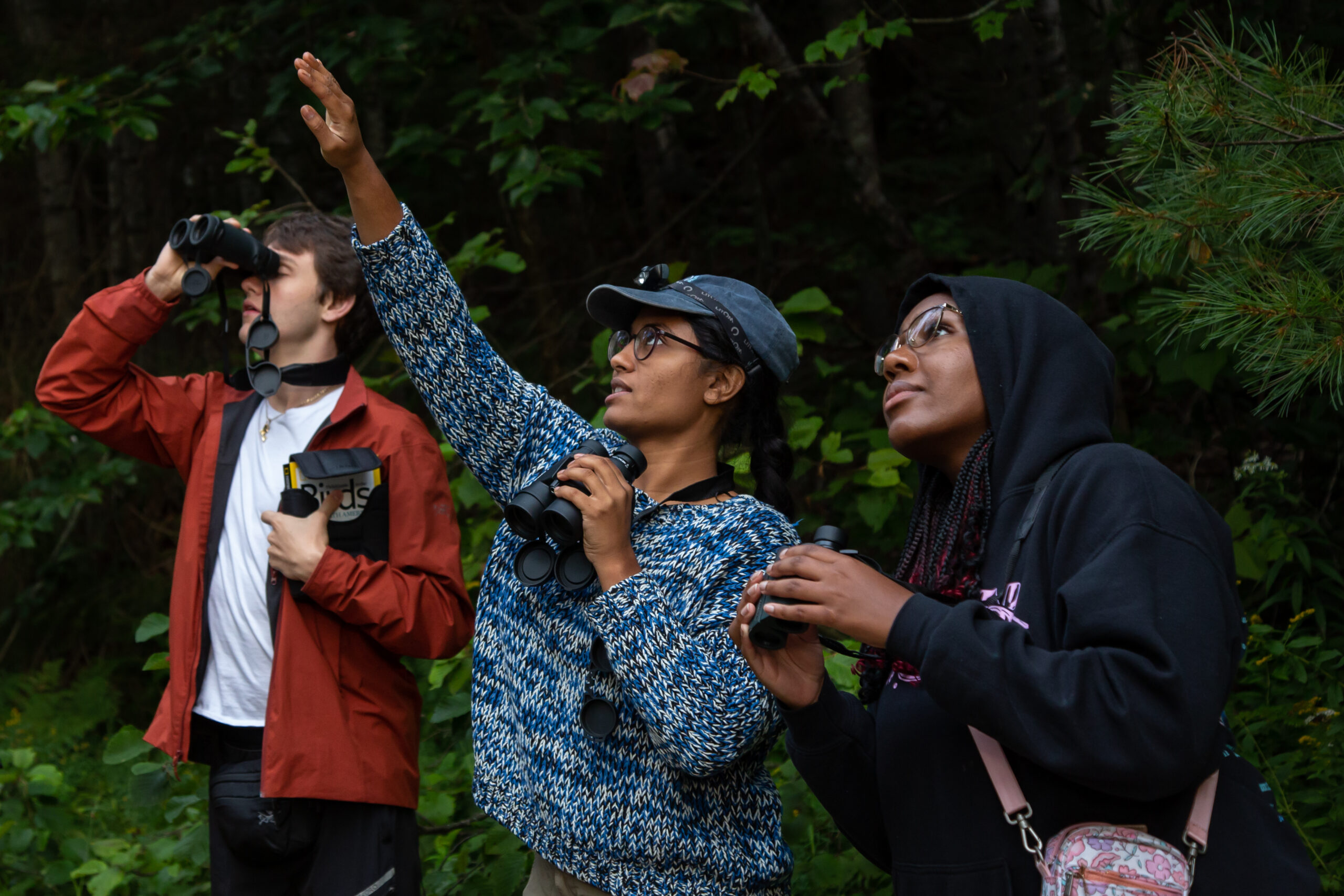How I became an ecologist
In many ways, it was inevitable that I would become an ecologist. With a father who spouts off scientific names of birds at the dinner table and a mother who is a statistics wizard, what else could a tree-hugging data nerd be? A career for the daughter of a grassland specialist and a data scientist had to include equal parts nature and numbers.

Growing up in this household, I was taught to revere and respect nature for all the gifts that she ceaselessly and thanklessly gives us. From simple habits such as switching off the lights or not throwing away food, it was instilled in me that it was a privilege to access this abundance of resources. These values also showed up in family-wide decisions to follow a vegetarian diet and eat foods that do less harm to the living beings and landscapes around me.
Even more, I was encouraged to approach life with curiosity and wonder. As a family, we express this most purely during our annual spring birding trips to Point Pelee National Park, marveling for hours at all the colors reintroduced into our world as the small migratory warblers flit about the trees.
(“What bird do you see when you close your eyes?” my father asks at the end of a long day of looking at and listening to our feathered friends. “I just can’t get over the lemon yellow of the Prothonotary warbler,” my mom says. “The Bay breasted warbler is for sure the chunkiest warbler out there and I think it’s my new favorite,” I reply.)

Those trips planted the seeds that would lead to a budding career as an ecologist. Step one was my first field season where I spent May to August in 2017 learning how to band birds: this involves safely trapping birds in thin netting during the early morning, attaching unique metal bands to their legs, recording key measurements of wing length and weight and releasing them back into the wild as quickly as possible.
At these remote bird banding stations, I also learned how to observe birds from afar, record their behaviour, and study their habitats. Those four months were the first time I was absorbed in fieldwork — the outdoor data collection of flora, fauna and external conditions.
I felt as if I was living in the stories my father would tell me about his experiences: days completely spent outside, nights in rustic cabins with minimal cell service and, only sometimes, running water. Part of me questioned how I could possibly turn this into a career. Part of me wondered why there weren’t more people who looked like me asking that question?
Realizing that being an ecologist is more than just fieldwork was a rude awakening. This awareness catapulted me to step two of this career path, though my mother’s training provided a soft landing. Her fascination with data, patterns and graphs — and her talent for managing successful teams — had promoted her to the level of director in her company and a leader in her field.
Not long after she got her title, so did I. Though mine was “co-director” for a grassroots organization I created and run, alongside Mariel Terebiznik, to increase access to fieldwork for Indigenous, Black and/or Racialized students called FREED (Field Research in Ecology and Evolution Diversified). The ease with which I rolled into this position reflected the smooth path paved by my mother.

Eventually, I would land here at WWF-Canada doing conservation research on the Science, Knowledge and Innovation team. Even here, I am reminded of my parent’s imprints: whether it is using my naturalist knowledge to fact-check articles about species at risk or write a code to create graphs that show how different strategies can benefit imperiled species in Ontario.
At this organization, I am supported by a network of brilliant and caring female scientists. Far from the usual gender imbalance seen in Science, Technology, Engineering and Mathematics (STEM), my projects here are led and executed by a majority female team. It is an honour to work at WWF, within whose own network my father volunteered (WWF-India) more than 20 years ago.
At every step of the way, my parents provided me with endless support. They helped financially, especially during fieldwork, where I was paid nothing but gained everything that I needed to study the patterns of the land from a Western science perspective. They also provided emotional support when all my childhood friends applied to medical school or engineering co-ops, and I felt like the ugly duckling. All this support is invaluable and rare, especially for an Indian immigrant daughter like me.
Being a racialized woman in science is not something I’ve accomplished solely on my own, though it is something that I celebrate daily, including International Day of Girls and Women in Science. I stand here carrying and acting on the values and habits from generations before. I continue to be here because of all the support I get today from peers and friends at WWF-Canada and beyond. My only hope is to pay it forward to future generations, which is the only important next step in this career and my life.

